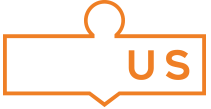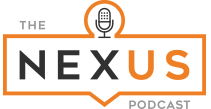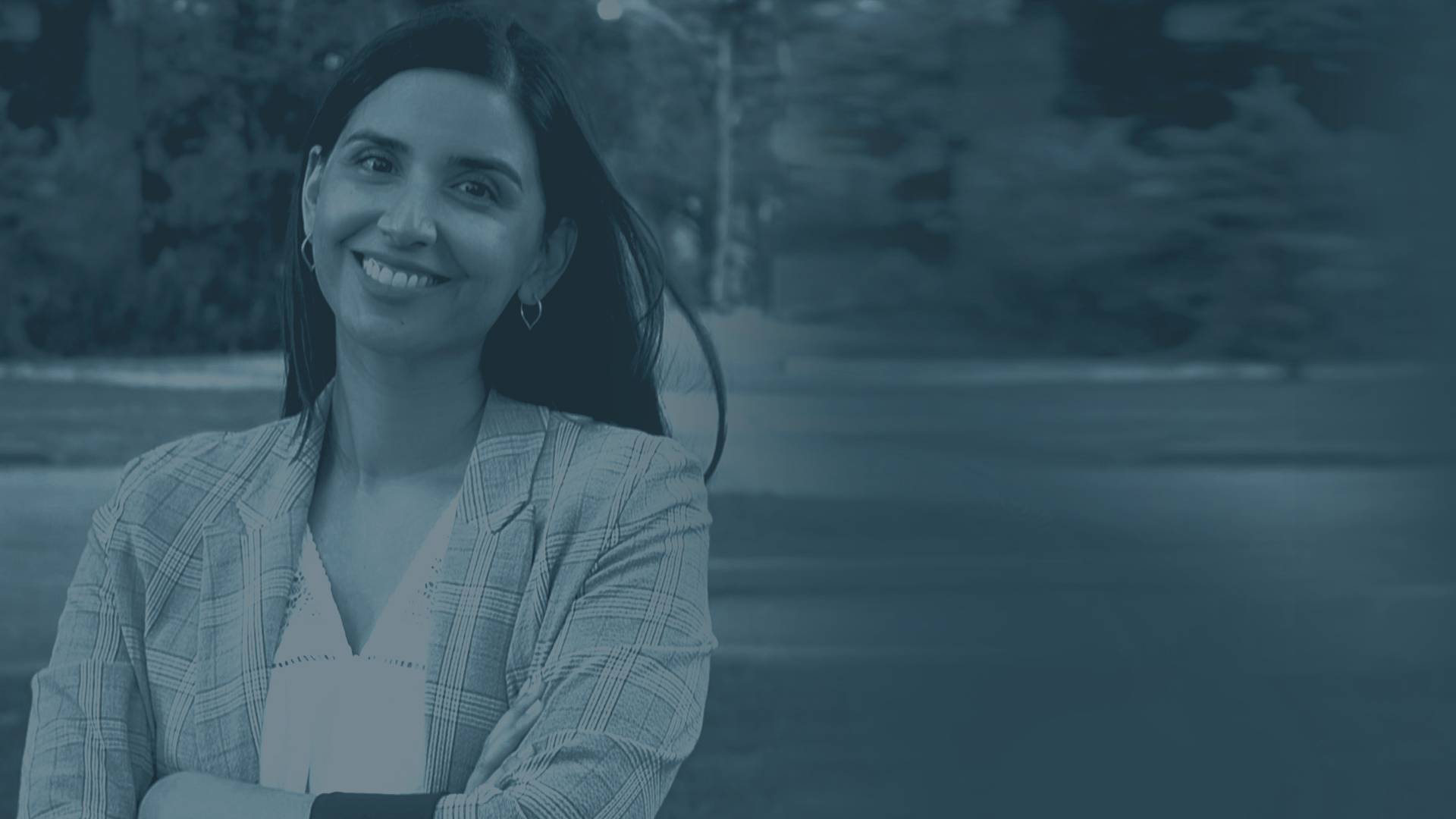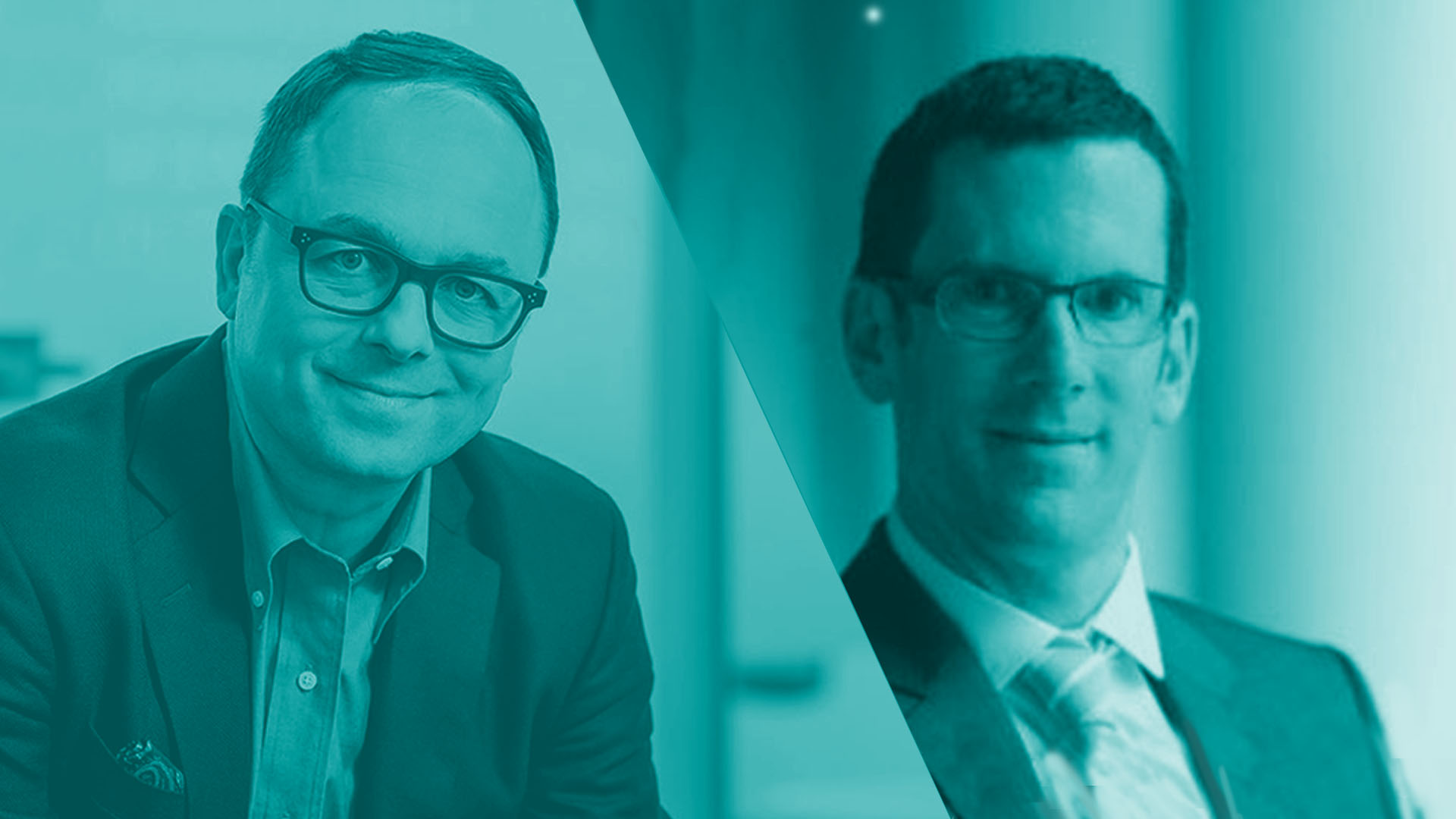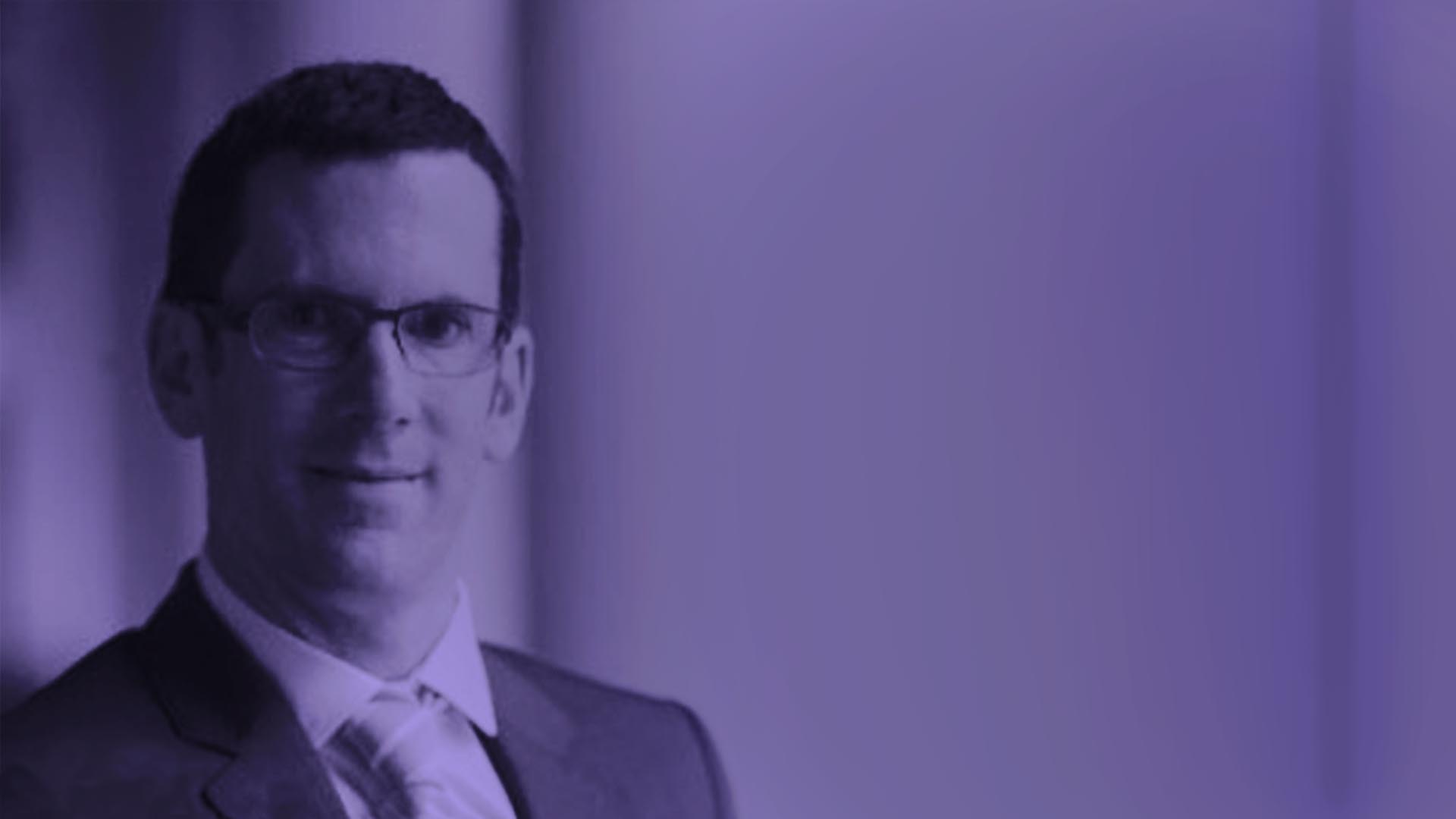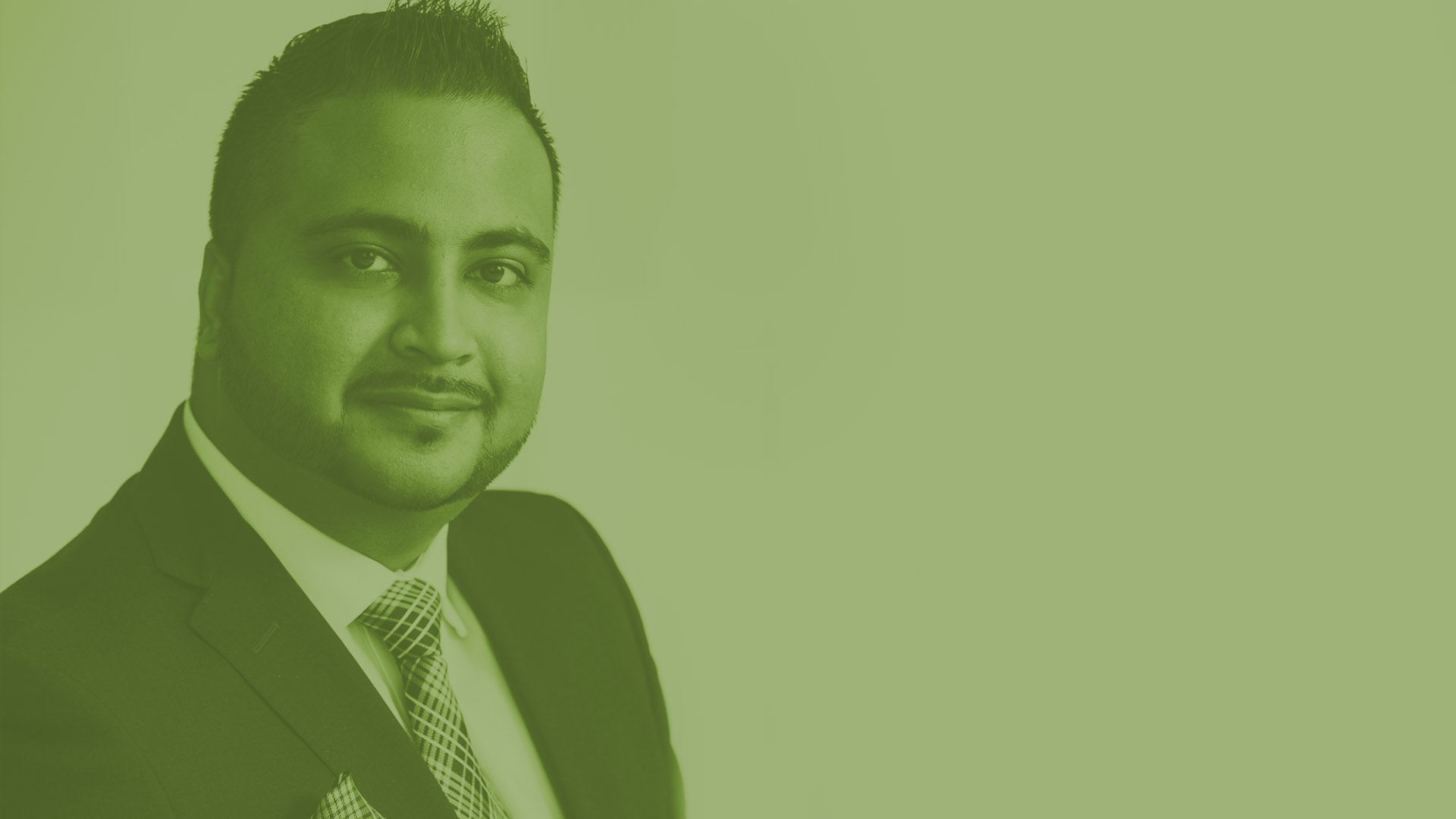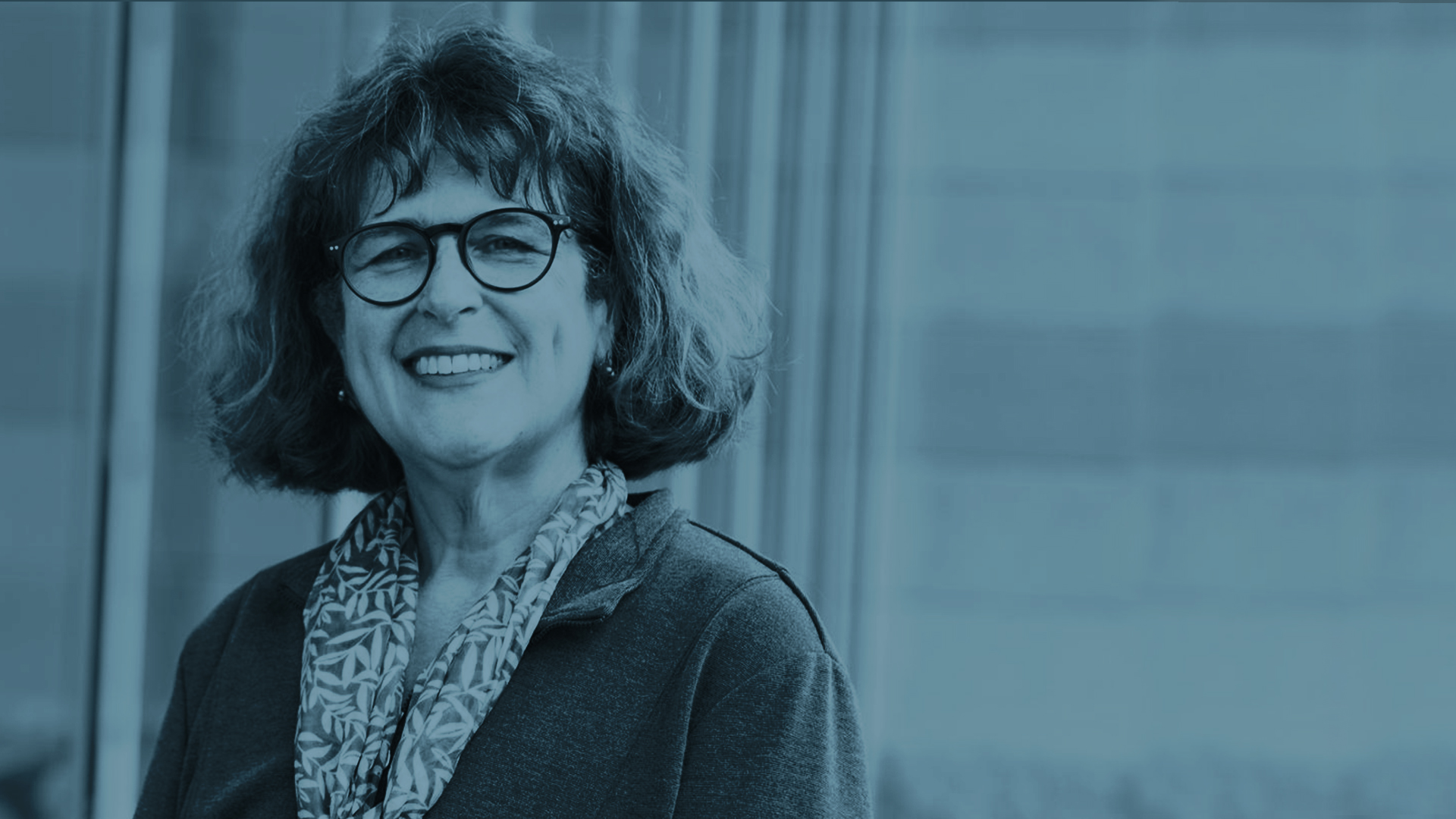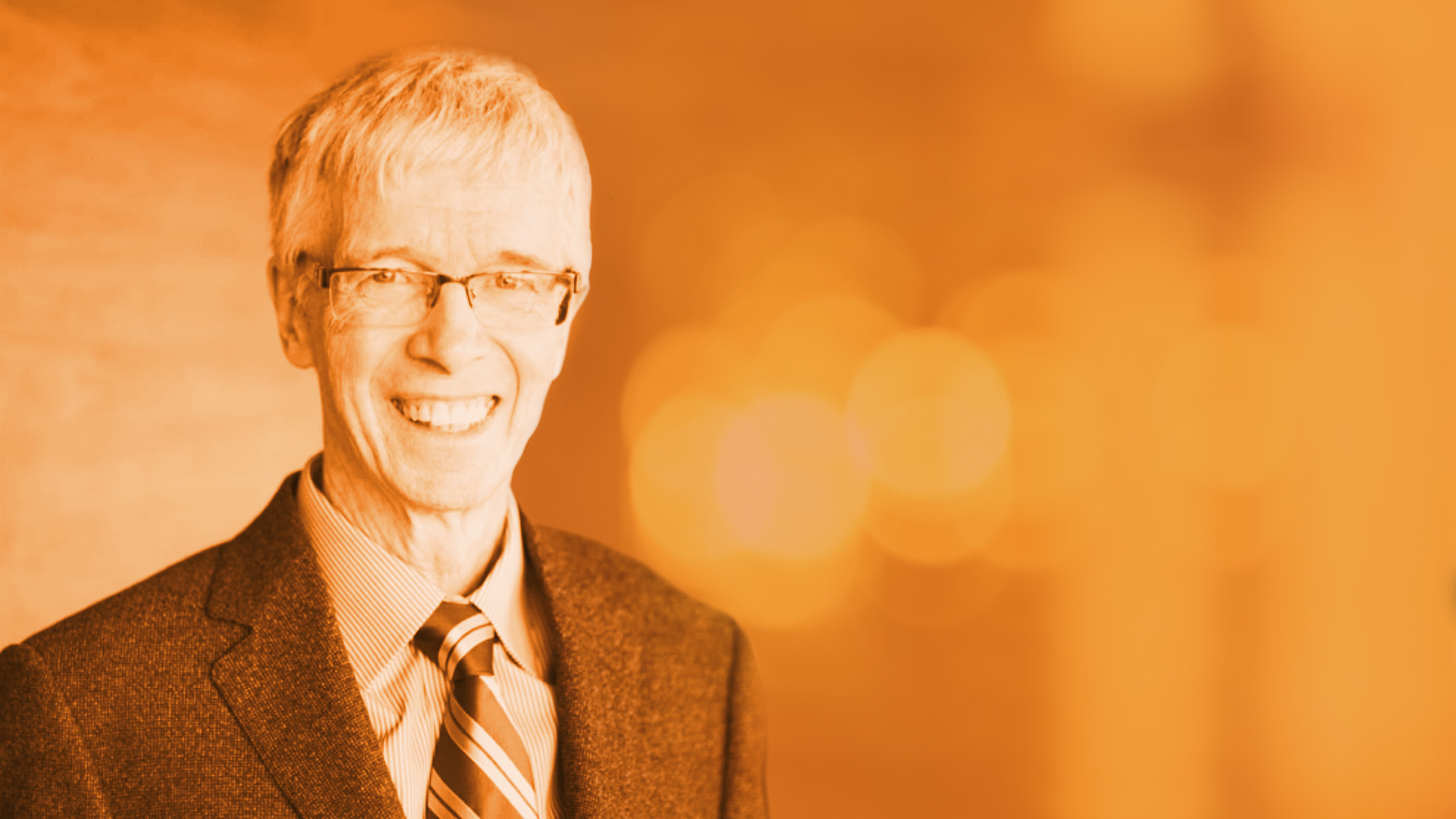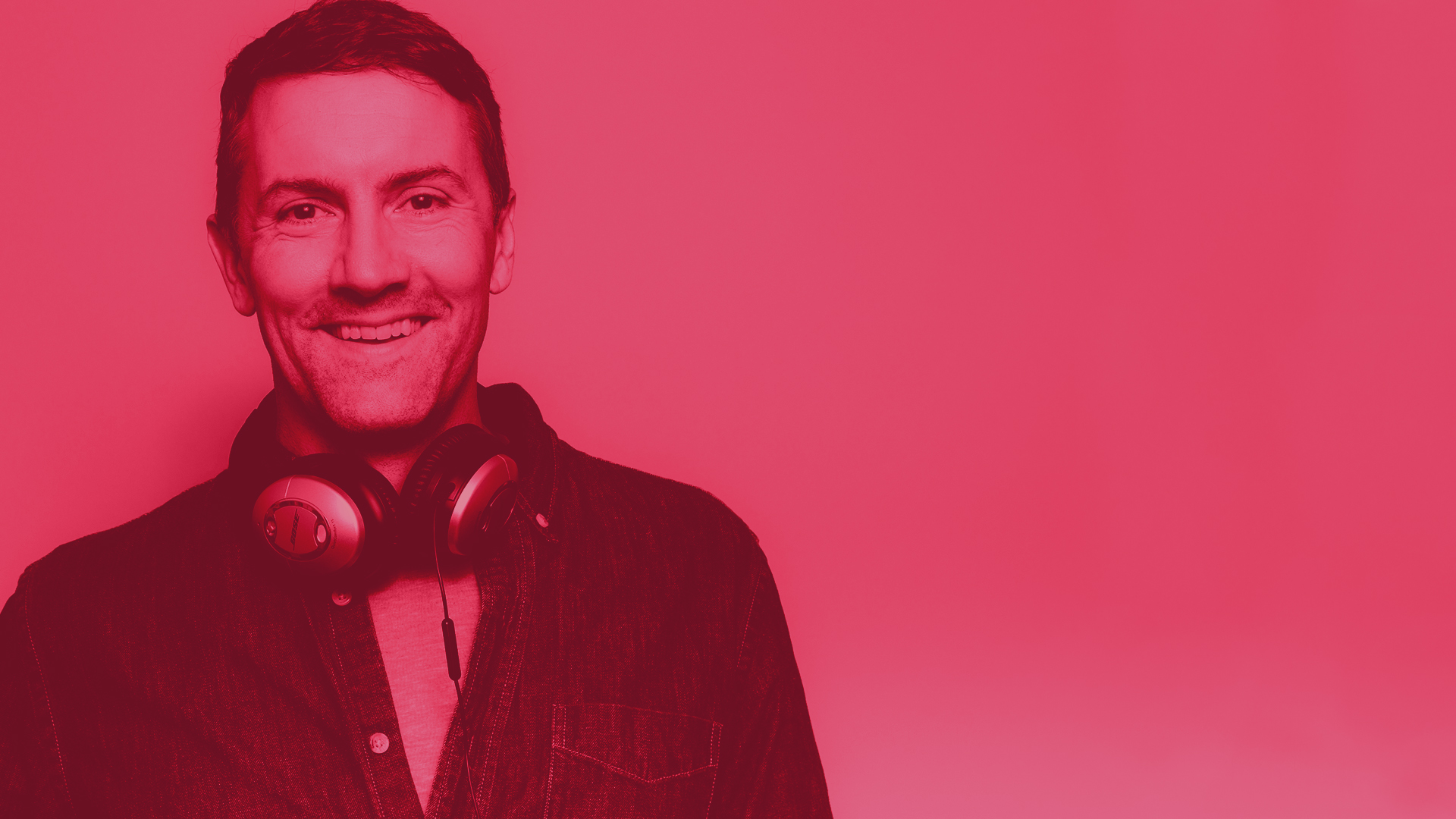Hybrid Work and the Problem of “Officism”
If you had to pick two important revelations for organizations coming out of the pandemic, they might be as follows:
- We don’t have to work in offices to be productive.
- We may struggle to get everyone back into the office, even if that’s what we want.
That’s probably why a lot of employers are considering the concept of “hybrid work”, which allows people the chance to decide how and where they’d like to collaborate with their co-workers. Sonia Kang is an organizational psychologist, a professor at Rotman School of Business as well as host of her own podcast “For the Love of Work” and she joins us to talk about the pleasures and perils of hybrid work.
Show Transcript
Sonia Kang [00:00:00] There needs to be some power back to the people.
Chris Nelson [00:00:06] That is Sonya Kang, who is an organizational psychologist, a professor at the Rotman School of Business and host of the podcast “For the Love of Work”. In other words, way smarter than me. But we do have one thing in common. We’re both fixated on a certain subject. And if you’re an employer, then you should be to. That subject is hybrid work.
Sonia Kang [00:00:29] Any time you force people to work in conditions that are not ideal for them, it’s going to be a worse outcome than if they’re really set up to be the best they can be in that moment.
Chris Nelson [00:00:43] Already there are a ton of articles and studies on the subject of hybrid work, but I’ll do you a favor and give you the gist. Essentially, there are three types of workers right now, ones who can’t wait to get back to the office and return to things as they were, ones who are never going back under any circumstances. And then folks who want a balance of both. You’ll find these three groups at the same organization and in some cases on the same team. And employers can’t exactly choose one group over another because surprise, surprise, the talent market is now getting as tight as it was before the pandemic. So hybrid work, it’s going to be a thing. And pretending otherwise could spell bad news for some organizations – looking at you, Morgan Stanley. But hybrid work is also not a cure all. It comes with as many perils as it does pleasures. And managing both is what Sonia is here to talk about. Sonia Kang joins us at The Nexus.
Chris Nelson [00:01:43] I’d love to hear your thoughts on the need for companies to think about putting some more autonomy back in the people’s hands in terms of how and where they choose to work.
Sonia Kang [00:01:54] This reminds me actually of research on expense reimbursement and expense accounts, basically companies that have set limits for expenses. Everyone essentially hits those limits. You can spend one hundred dollars on a dinner. Everyone’s coming back with these like one hundred dollar expense reimbursements. But if you’re just like, you know, spend what you think is reasonable, then they tend to be much lower. Humans, when we have a rule, we’re like, well, I’m going to show you because we want to be autonomous. I think if you trust people and you give them back that autonomy, then often they’ll surprise you. Right. And act in ways that are actually more in line with what you were trying to enforce through these really heavy handed rules.
Chris Nelson [00:02:31] What an excellent segway. Since, as I’m sure you’re aware, a lot of companies are looking at how their people are going to work as we emerge from the pandemic and asking themselves just how much flexibility they should permit. Where do you land on the subject, Sonia?
Sonia Kang [00:02:49] People have shown over the last, whatever it’s been 18 months that they’re ready for that power, especially in roles where there are some form of creativity, innovation involved. There’s ebbs or flows. There’s times where you’re feeling it and times when you’re not. And I think forcing people to work through those times where they’re distracted by some other family thing or they’re just not in the flow, you’re not going to get as good of an outcome in terms of what work you actually want people to do. So I think giving some power back actually also gives power back to organizations because they’re going to get a better product out of it.
Chris Nelson [00:03:27] That’s a great segway again,
Sonia Kang [00:03:30] I’m like the segway master.
Chris Nelson [00:03:33] Why, then, is it that so many companies choose or are signaling that they want people to work in conditions that no longer work for them? Why are they hanging on to that?
Sonia Kang [00:03:45] I think it’s because that’s what they’re used to and that’s where all of their training and thinking and strategy kind of comes from, that model of having people working in a particular way. It’s a challenge and it’s a stretch to change to this new model. There is really something to be said about the power of in-person collaboration in person interaction to kind of like enhance the creepiness of a group. But I don’t think it’s necessary all the time, every day. I just don’t think that’s needed anymore. I think people are getting used to creating those connections online, creating those connections in different ways. I think the instances where people really need to come together are going to be much fewer. So I think that shift will happen slowly and it’s already kind of happened in the minds of people who are working now. It needs to shift off to kind of the organizational level to think about how to work around this new reality.
Chris Nelson [00:04:45] Suppose I’m an organization and I’ve seen all of the changes you’ve described, and I still want to skip hybrid work entirely and go back to things as they were. What would you say to me?
Sonia Kang [00:04:57] I think it’s a bad idea. That kind of control, that kind of oversight is really not going to work. We could talk about this generationally. We can talk about this just as a point in time. I think both of those are kind of contributing to people not wanting their time controlled as tightly. A lot of the old assumptions that companies were making are just no longer valid anymore.
Sonia Kang [00:05:21] For example, having to be at work at nine a.m., assumes something about how you’re getting to work in the morning. Right. It assumes that you’re going to be able to do all the things that you need to do, whether that be droping off your kids or drive a further distance. If you happen to have moved out of the city during the pandemic, for example, there’s a much more clear division in some ways about like what time is work time and what time is not, I think, back to commuting and just how companies are just like entitled to that time. Right. It’s just like you’re entitled to thirty, forty five, one hour each way of people’s time. Uncompensated like that’s crazy that we were willing to do that. And so I think going forward there’s going to have to be different assumptions made on the part of companies in terms of what their employees are willing to do, especially like I said, with the movement that we’ve seen out of cities during the pandemic.
Chris Nelson [00:06:15] You talked earlier about the advantages of working remotely versus working in the office. Is there a hard and fast rule, a unifying field theory for finding that balance beam productivity or creativity? Or is it just something that each company has to say for themselves?
Sonia Kang [00:06:30] I think it really is nuance, not just at the company level, but also at the individual level and even at the project level. There’s some things that I think are just better suited to some people to work on individually. Some things are better suited to work on in groups, and that could be totally different for another person. For me, for example, I find if I’m working on writing a paper, I need to do that alone with no noise for long block of time. And I’m not a person who can really do that in like short little bursts and have people coming in and out of my office and thinking about like grabbing a coffee, like these kinds of things, like I need uninterrupted time alone. But I also miss, like, those kinds of interactions and like chance encounters, which I would like to have. Sometimes it’s that balance and it’s really individual could even be based on the project. And I think that’s why companies that are taking this really hard line about what people have to do, they’re not necessarily even setting themselves up for success, let alone those individuals. They’re not leaving any wiggle room for these kind of individual differences that make such a big impact on how people work and how they feel about working.
Chris Nelson [00:07:45] What are the disadvantages, say, for an individual in a team who’s seeking that when other members feel differently? They either want to work exclusively from the office or they want to work exclusively from home. If you’ve got some sort of asymmetric expectations around how you’re going to work within a team, how do you manage them? What are the perils? What are the ways to get around them?
Sonia Kang [00:08:07] I think there needs to be some alignment within teams in terms of what people are doing when companies need to do a better job of collecting data in terms of how people like to work and when people like to work and kind of put teams together, maybe based a little bit around that so that there’s diversity in terms of who’s where, when. But then there’s also a bit of alignment in terms of working styles so that people aren’t necessarily alone all the time. The easiest way to do it is just to listen to your team in terms of what they think is best for whatever work happens to be going on.
Chris Nelson [00:08:45] We talked prior to the interview about “officism” or negative attitudes towards employees who continue to work remotely. How do we bust the bias of officism?
Sonia Kang [00:08:57] It’s about making the invisible visible and it’s about making sure that people understand what is being produced, what are the outcomes of both of those modes of working. A lot of the time that people are spending in the office is not necessarily productive time. A lot of that time is like being there in the space. I think a lot of that has to do with communicating back around things like milestones and deliverables and make sure that you’re highlighting the contributions of everyone on the team, no matter where they’re working. And I think you’re right, like it’s a big thing because of the visibility. And I think the only way to overcome that is just by making all of those things that are invisible, much more visible. Right. By just really highlighting them and also kind of discussing these issues in advance proactively so that even though you might not have had problems with this already, it’s something that people are thinking about when they’re making assessments of what other people are doing on their teams.
Chris Nelson [00:09:58] It’s funny you should mention that we’re talking about performance, essentially recalibrating analytics and metrics to capture productivity a little bit better. What about one step further and taking subjective assessments of people’s performance out of a supervisor’s hands entirely? Like what if we just simply turn it all over to big data and say, here is the evidence that someone’s being productive or unproductive, regardless of what your bias may be? Could that help it?
Sonia Kang [00:10:25] There’s always danger with either of those, right? There’s danger with subjective assessments by a human. I think it has to be a combination of those. We’ve seen, of course, that systems that are created by biased humans tend to be biased themselves. We’ve seen that in all kinds of different hiring programs, even in the design of physical spaces and products. Having kind of a 360 assessment where people get to assess themselves, they assess their coworkers, the supervisors doing the assessment. And so the more kind of points of measurement that you have, the better you are being able to make a more precise estimate of what people are actually doing.
Chris Nelson [00:11:01] Throughout the pandemic. There is one at risk group that’s been talked about frequently and that is working moms. Hmm. They might be predisposed to perhaps maybe embracing more of a hybrid work model and they’ve seen its benefits, but perhaps maybe are most at risk to being victims of offices at some point or another. Do we need to think about conscious ways to protect certain groups within a workplace that embraces a hybrid work model like that?
Sonia Kang [00:11:30] The unfair burden that falls on working moms? Some of that could be helped by just making it more normative for dads to do things like, you know, take paternal leave or to take parental leave, that they’re the ones who are taking time off to pick up their kids or drop off their kids or whatever the case may be. So I think both of those things are important.
Chris Nelson [00:11:50] It sounds like at an individual level, anyone working in a hybrid team probably needs to be a little bit more mindful about how they’re showing up and to understand about the way their actions can have an impact on their team members at a team level. There probably sounds like there needs to be far more openness around how you’re going to work together as a team. And then perhaps at an enterprise level, you can’t be prescriptive anymore. Like you have to empower your employees a little and give them some sense of determination how they choose to work. Did I get that part right?
Sonia Kang [00:12:23] Yeah. So I agree with that. And I think that when you’re working in person and you’re seeing people all the time, you have this huge array of different experiences that you built this impression of them. Over time, when you’re working in a hybrid environment, you only see people every once in a while you have much fewer instances. And so that’s why those impressions matter so much more.
Sonia Kang [00:12:44] And so you have to really be mindful going into them at the enterprise level. I think people like love talking about agility all day long these days, but that’s what agility is, right? Agility is being able to recognize in the moment, like what’s working, who’s working, who’s good at this, like who’s going to be best suited to this role and then being more tailored and nuanced in terms of giving people the tasks and opportunities that they’re set up to succeed in in that moment.
Chris Nelson [00:13:11] Sonia, thank you so much for making the time. Let’s try to shamelessly plug your podcast. When can we expect season two?
Sonia Kang [00:13:19] So “For the Love of Work” will be coming back with our second season and the fall. So we’re looking at probably a September launch date. And a lot of the topics that we’ve talked about today are of huge interest to us on the podcast as well. So definitely exploring more of these ideas around hybrid work and how to make yourself stand out. And if you like the show, I think you’re going to like my show. So check it out.
Chris Nelson [00:13:42] All right. It was a real pleasure to chat with you. Thank you.
Chris Nelson [00:13:48] Are you an employer with hybrid work on your mind and if you work before listening to this podcast, we certainly hope you are now because we at Nexus Communications are already supporting clients with their return to office and new work plans. And we can do the same for you. You can find us at www dot Nexus Communications dot com. That’s N-E-X-U-S communications dot com. And while you wait with bated breath for season two of Sonya’s podcast series, I encourage you to check out season one of “For The Love of Work”, which you can find wherever you get your podcasts. And I encourage you to listen to it, if only to witness Sonia’s unique superpower…
Sonia Kang [00:14:31] I’m like the segway master.
Chris Nelson [00:14:33] As superpower’s go, it may not save the world, but it can save a podcast interview. And while your snooping around for Sonia’s podcast, take a moment to find ours and either subscribe to us, read us or comment about us or hell, why not just do all three? The Nexus is produced by Alexa Pavao with editing and sound design by Justin Moy. I’m Chris Nelson. Thanks for listening.
